Manual testing project for beginners. Using opencart.com & vwo.com websites.
Manual testing is a critical phase in the software development lifecycle where testers execute test cases without the aid of automated tools. It involves exploring an application's functionalities, identifying defects, and ensuring the software meets quality standards. Let's delve into various aspects of manual testing projects.
Introduction to Manual Testing Projects
Manual testing is an essential process in the software development cycle that involves human testers conducting various tests on software applications. These projects play a crucial role in identifying bugs, glitches, and usability issues that automated tools might miss. Manual testing is especially valuable for exploring real-world scenarios and ensuring the end-user experience is satisfactory.
Phases of Manual Testing Projects
Manual testing projects typically follow a set of phases to ensure comprehensive coverage and thorough testing:
Requirement Analysis
Testers study the project's requirements and specifications to understand the application's functionalities, features, and intended user behavior.
Test Planning
A detailed test plan is created, outlining the scope, objectives, testing approach, resources required, and timelines for the testing project.
Test Case Design
Test cases are designed to cover different aspects of the application, including positive and negative scenarios. These test cases outline the steps, inputs, and expected outcomes for each test.
Test Case Execution
Testers execute the test cases manually, interacting with the application as end-users would. They follow the test scripts, record the results, and report any issues they encounter.
Defect Reporting
When testers find defects or unexpected behaviors, they document these issues, including steps to reproduce them, screenshots, and other relevant information. This helps developers understand and fix the problems.
Defect Retesting and Regression Testing
After developers address reported defects, testers retest the issues to ensure they are resolved. Additionally, regression testing is performed to ensure that fixing one issue doesn't introduce new problems.
Test Closure
Once all test cases are executed, defects are resolved, and the application meets the required quality standards, the testing phase is closed. Test reports are generated, summarizing the testing activities, results, and any remaining issues.
Types of Manual Testing Projects
Manual testing can encompass various types of testing, each focusing on a specific aspect of the application. Here are some common types:
Functional Testing
This involves testing the application's functions and features against the requirements. Testers ensure that the application performs as expected in various scenarios.
Usability Testing
Testers assess the application's user-friendliness, user interface, and overall user experience. This type of testing ensures the application is intuitive and easy to use.
Compatibility Testing
Compatibility testing checks how well the application performs on different devices, browsers, operating systems, and network environments.
Security Testing
Security testing examines the application's vulnerability to unauthorized access, data breaches, and other security risks. Testers identify potential vulnerabilities and suggest ways to mitigate them.
Performance Testing
This testing assesses the application's speed, responsiveness, and stability under different loads and conditions. It includes load testing, stress testing, and performance optimization.
Regression Testing
Regression testing ensures that new changes or fixes don't negatively impact existing functionalities. Testers retest the entire application or specific areas to verify this.
User Acceptance Testing (UAT)
UAT involves end-users testing the application to ensure it meets their requirements and expectations before it's released.
Exploratory Testing
Testers explore the application without predefined test cases, looking for unexpected issues, defects, and usability problems.
Manual Testing Best Practices
Successful manual testing projects rely on several best practices to ensure thorough and effective testing:
Clear Test Documentation
Well-documented test cases, including steps, expected results, and actual results, help maintain consistency and clarity throughout the testing process.
Test Data Management
Appropriate test data that covers a wide range of scenarios is crucial for effective testing. It ensures the application's behavior in various situations is thoroughly examined.
Bug Tracking and Reporting
A robust bug tracking and reporting system helps developers understand and address issues efficiently. Clear and detailed bug reports improve the chances of timely resolution.
Realistic Test Scenarios
Testers should design test cases that mimic real-world scenarios to ensure the application is tested in conditions that users might encounter.
Collaboration with Development Teams
Close collaboration between testers and developers helps in understanding requirements, resolving issues effectively, and maintaining a cohesive development process.
Continuous Learning
Testers should stay updated with the latest testing methodologies, tools, and industry trends to enhance their testing skills and adapt to evolving software development practices.
Case Study: Manual Testing of E-commerce Website
As an illustrative example, let's consider a manual testing project for an e-commerce website. The testing project involves testing various functionalities of the website to ensure its quality and user-friendliness.
(opencart.com)
Requirement Analysis
Testers review the project requirements, which include features like user registration, product browsing, adding items to the cart, and making purchases.
Test Planning
A comprehensive test plan is created, outlining the testing scope, objectives, testing environments (browsers, devices), and test scenarios to be covered.
vwo.comTest Case Design
Test cases are designed to cover scenarios such as user registration, product search, adding items to the cart, applying discounts, and completing a purchase.
Test Case Execution
Testers manually execute the test cases, performing actions like searching for products, adding items to the cart, and simulating a purchase. They record outcomes and any issues encountered.
Defect Reporting
Issues such as incorrect product prices, payment gateway errors, and UI inconsistencies are reported with detailed steps to reproduce, screenshots, and expected outcomes.
Defect Retesting and Regression Testing
After developers fix the reported issues, testers retest them to ensure they are resolved. Additionally, they perform regression testing to verify that other functionalities weren't affected.
Test Closure
Upon executing all test cases and resolving defects, a test report is generated. It includes testing summary, results, any remaining issues, and recommendations.
Conclusion
Manual testing projects are integral to ensuring software quality, identifying defects, and enhancing the end-user experience. By following structured phases, employing various testing types, and adhering to best practices, testers contribute significantly to delivering robust and user-friendly applications. Through comprehensive manual testing, software development teams can create reliable and high-quality software products that meet the needs of their users.


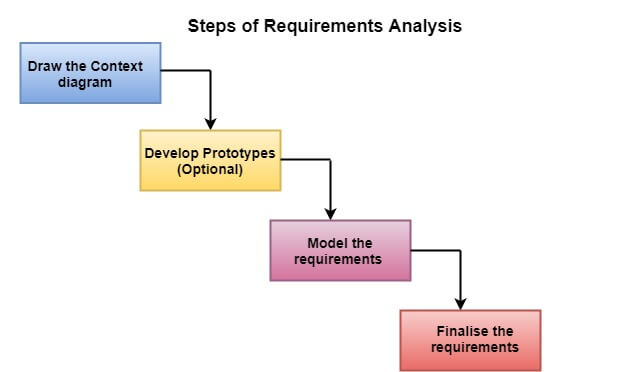
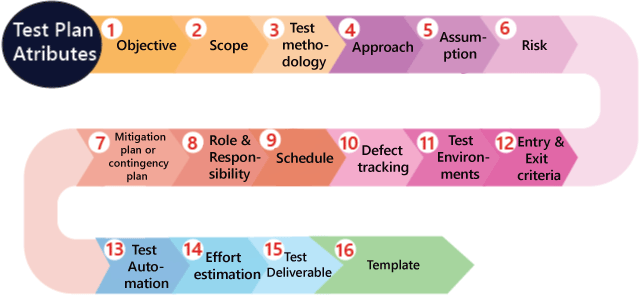



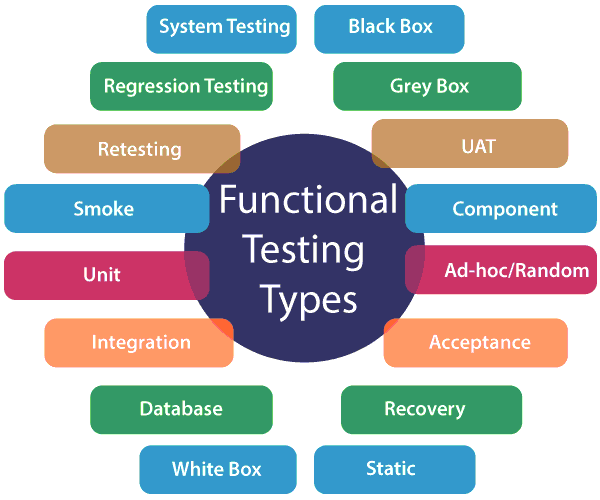
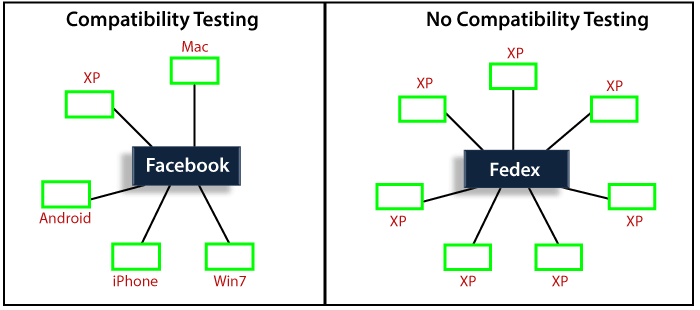
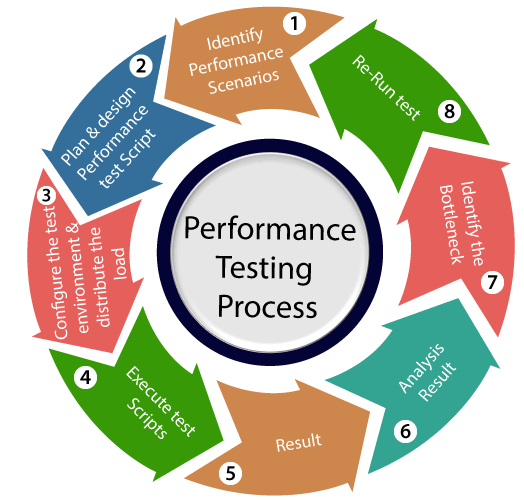
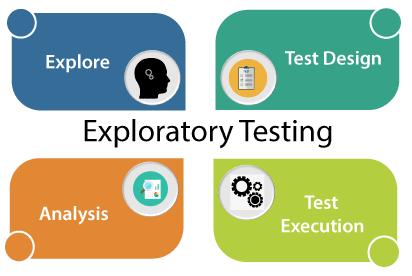





Comments